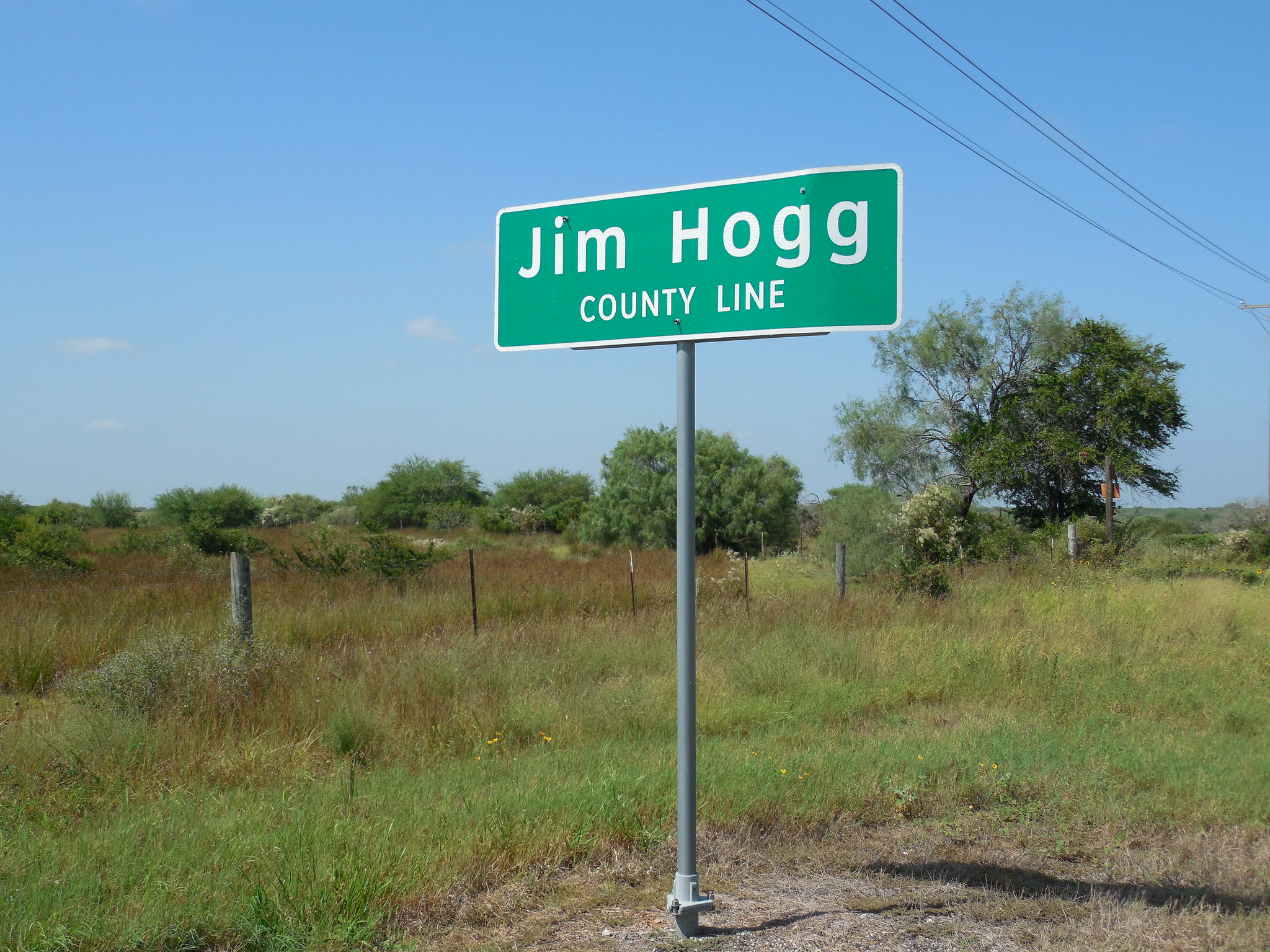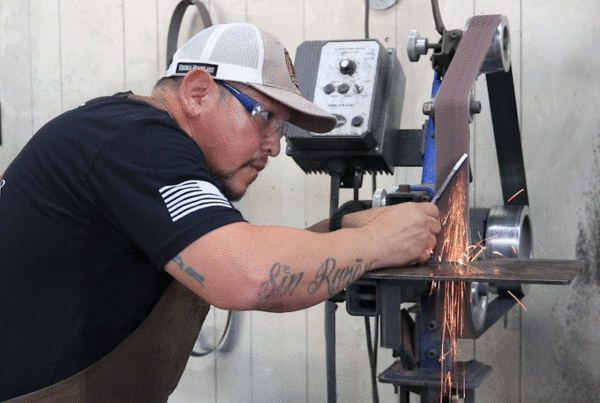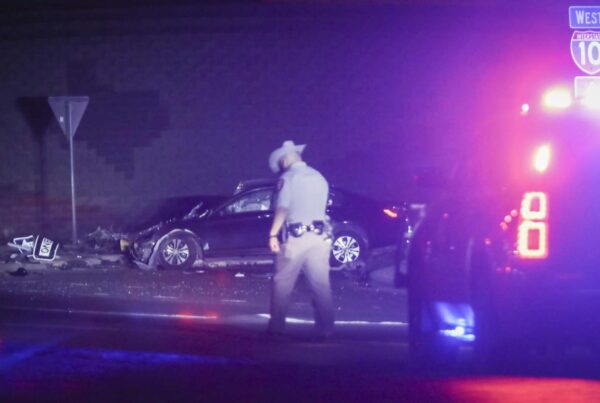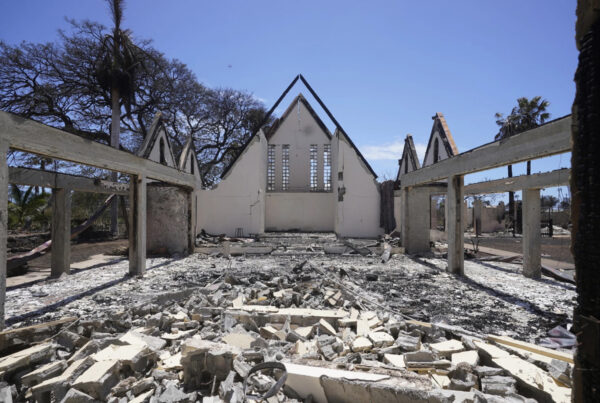The heat can be a death sentence to migrants who cross into the United States through Texas’ harsh ranch lands along the border. And this year has been exceptionally rough due to record-breaking triple-digit temperatures.
Though the number of crossings has been down since the end of Title 42 deportation policies in May, humanitarian groups are still managing water stations that have been placed in such areas along the border since the 90s to help prevent any loss of life. Now, those water barrels – with “Agua” painted on the outside and GPS coordinates and 911 call instructions on the inside of the lid – have disappeared, according to The Associated Press.
Eddie Canales, executive director of the South Texas Human Rights Center, a humanitarian group that monitors a stretch of those water stations, says they are working with the sheriff’s department in Jim Hogg County to investigate what happened to those missing blue barrels.
This transcript has been edited lightly for clarity:
Texas Standard: Can you describe what these water stations are like and where they’re placed?
Eddie Canales: They are a 50-gallon blue barrel, and we place six gallons of water. We try to place these water stations in the shade, but in most cases, they’re on the edge of the highway – not on the highway. Put GPS coordinates on there and phone number on there if people need to be rescued or need 911 emergency.
So the idea is to provide a kind of life-saving relief for those who may be suffering out there in the scorching heat?
That’s correct. It is humanitarian aid, and that’s all it is in terms of trying to prevent people from dying.
Well, let me ask you, how many of these barrels have you had out there?
On this particular road from 285 West all the way around to 281 actually is the longest water route that we have. We probably had about 20-25 water stations on this route. Going into La Gloria, we had about 15 of them.
And what’s happened to those barrels?
They had been there for about eight years, and then they disappeared. We had volunteers that were out there to service the route, and then they called back in and said, “Eddie, they’re gone.”
Have you notified the county sheriff?
Oh, yeah. We’ve got the sheriff of Jim Hogg; he’s investigating. One of the deputies of Jim Hogg has been investigating the disappearance of these water stations. And he’s got all the GPS coordinates, and we’re trying to figure out the timeline here, be more precise in terms of from what period did we service them to the time that we were trying to service them again.
» GET MORE NEWS FROM AROUND THE STATE: Sign up for our weekly ‘Talk of Texas’ newsletter
So with the sheriff’s department helping to try to locate these barrels, what have they told you? And do they have any theories about why they’re now gone?
No. I mean, it’s hard to point a finger. Again, those have been there for eight years. All of it, the whole thing was removed: The T-post, the 55-gallon barrel and all the water.
It sounds like that would have taken considerable effort, to say nothing of time.
Exactly. It’s probably, I’m pretty sure, under the cover of darkness that these things were extracted. I mean, let me just make this point: Even if we delay in getting out there to service them, when I get out there, people have put in crates of water themselves; the community has responded to these humanitarian aid and do their part in terms of placing water in there.
I understand that in the meantime, you and your organization’s trying to replace these barrels?
Yeah, we’re trying to figure out, and after our investigation, how we maybe figure out which friendly ranchers would accept them inside their private property. That’s usually the best way to protect these things.
I asked if sheriff’s officials had any idea what might have happened to these barrels. Do you have your own theories?
The border is 50 miles, 70 miles from from that location. The activities that are going on at the border are atrocious. It’s cruel in terms of the effort on a certain segment of the community of the river there to try to prevent people from coming in and just bravado, just machismo type of attitude.
And so the only approach we have to immigration is enforcement. And Abbott has stepped it up with Operation Lone Star. I think that culturally permeates a lot, you know, in the community in terms of, well, we’re going to do our part in terms of the people that do not want any immigration to come in period because of where they’re coming from.
But again, we’ve got to realize that people are coming in to work. You know, why are we making it so hard for people to come in to work and fill these jobs that nobody else wants to do?














